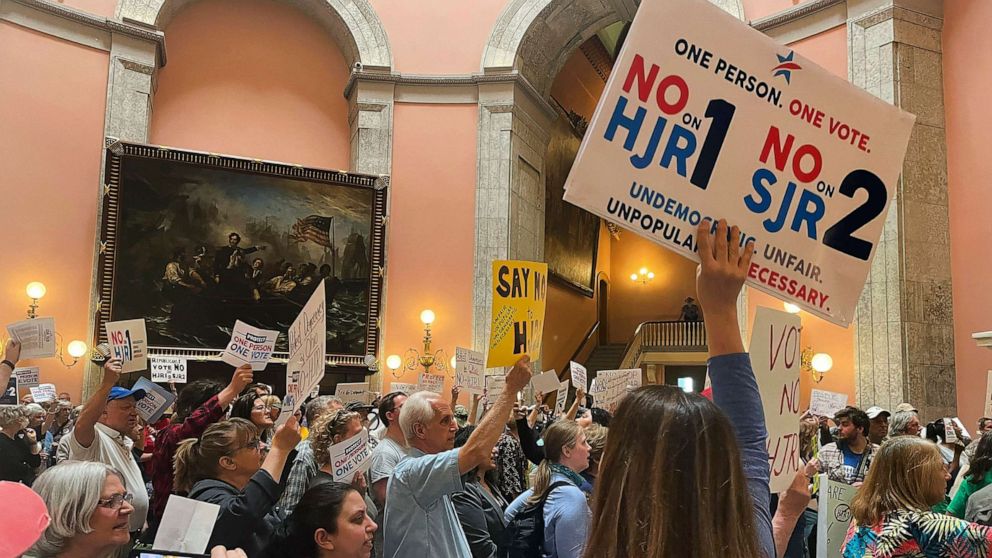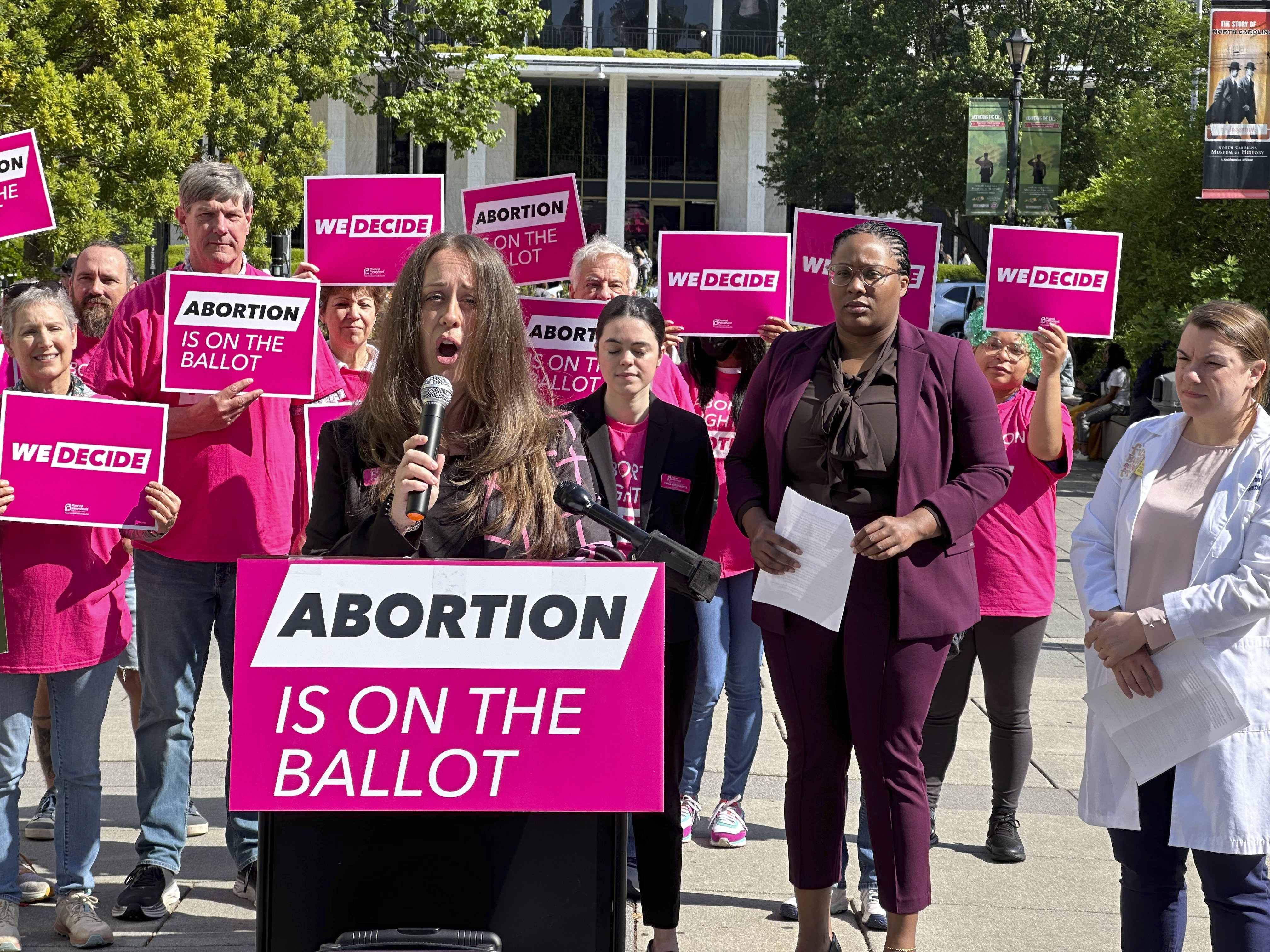Ohio abortion amendment has necessary signatures to appear on ballot, organizers say

On Wednesday, the amendment to create a constitutionally protected right to abortion in Ohio moved closer to being voted on. Proponents of abortion rights submitted almost twice as many signatures required for the measure to be placed on the November ballot.
The supporters of the amendment submitted over 700,000 signed petitions to Ohio’s Secretary of State. County officials will have until the 20th of July to determine if at least 413.487 signatures are valid and qualify the amendment for popular vote.
Marcela Azevedo is the president of Ohio Physicians for Reproductive Rights. She said that Ohio voters are very pro-choice. “They believe abortion is a family and medical decision. They do not think it’s the right of government to interfere with someone’s autonomy.”
Next month, an election in August that was held at an uncharacteristic time has caused confusion among the officials responsible for elections. The Republican state legislators called the special election as a last-minute attempt to increase the threshold for constitutional amendments from a simple majority of voters to 60%.
In defense of the August elections, Republican state representative Brian Stewart said, “If any group outside of Ohio believes that its ideas are worth inclusion in Ohio’s Constitution, they should be able earn the wide public support required by a 60% vote threshold.”
Abortion groups have called the special elections anti-democratic.
Azevedo stated, “They’ve tried everything to stop it.” “These are desperate measures, and they’re extreme.”
Ohio allows abortions up to 22 weeks, which is the majority of the second trimester. Ohio lawmakers, after the Roe v. Wade landmark abortion case was overturned, passed a “heartbeat law” which banned doctors from performing an abortion if cardiac activity is detected. This can happen as early as 6 weeks into a pregnant woman’s pregnancy. However, the earliest restrictions in the bill are currently blocked by the court.
The proposed amendment would create a “fundamental freedom of reproduction” with “reasonable limitations.”






